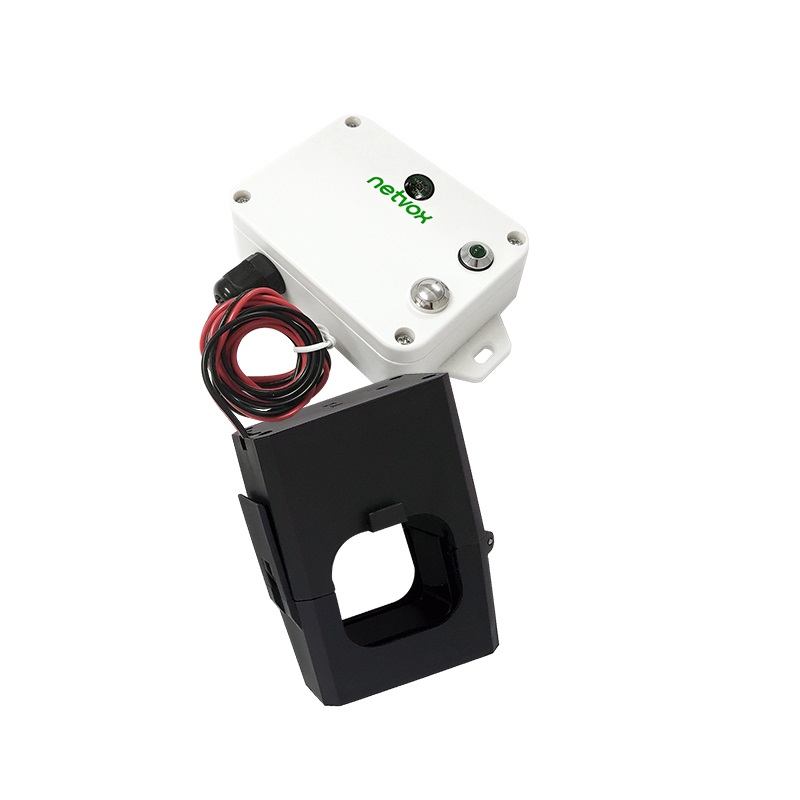
Click on above image to view full picture
R718NL163-Wireless Light Sensor and 1-Phase Current Meter with 1x630A Clamp-On CT
The NETVOX Wireless Light Sensor and 1-Phase Current Meter with 1x630A Clamp-On CT is used to detect single-phase electrical input current and ambient light intensity detection. The device is compatible with the LoRaWAN protocol, and integrates a chip module that conforms to the LoRaWAN wireless protocol to display the collected data in the gateway. The device adopts the split-core current transformer, which can be conveniently connected to the measuring device.
The NETVOX Wireless Light Sensor and 1-Phase Current Meter with 1x630A Clamp-On CT is used to detect single-phase electrical input current and ambient light intensity detection. The device is compatible with the LoRaWAN protocol, and integrates a chip module that conforms to the LoRaWAN wireless protocol to display the collected data in the gateway. The device adopts the split-core current transformer, which can be conveniently connected to the measuring device.
• Apply SX1276 wireless communication module
• 2 section of ER14505 battery (3.6V / section) in parallel
• Protection level: Main body IP53; Clamp-On CT IP30
•The base is attached with a magnet that can be attached to a ferromagnetic material object
• The clamp-on CT allows easier installation to the device you would like to detect the current from
• LoRaWAN Class A compatible
• Frequency Hopping Spread Spectrum (FHSS)
• Third-Party online wireless sensor monitoring and notification system to configure sensors, view
data and set alerts via SMS text and email (optional)
• Available third-party platform: Actility/ThingPark, TTN, MyDevices/Cayenne
• Improved power management for longer battery life
Battery Life:
Please refer to web: http://www.netvox.com.tw/electric/electric_calc.html
At this website, users can find battery life time for various models at different configurations.
1. Actual range may vary depending on environment.
2. Battery life is determined by sensor reporting frequency and other variables

